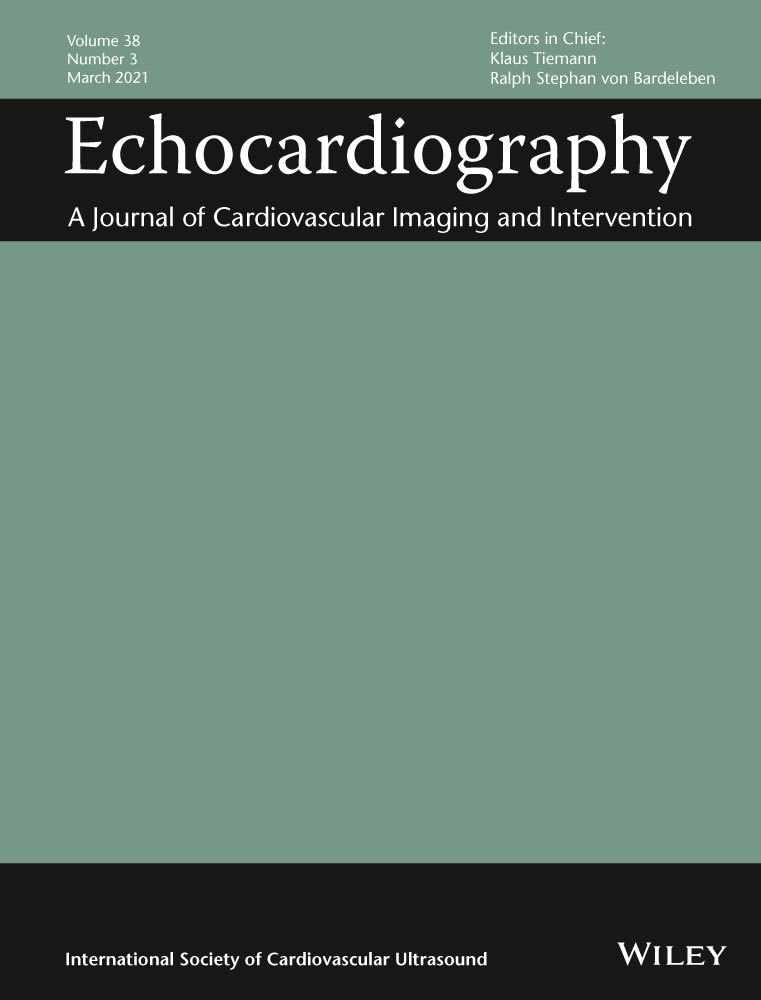Imaging a unicuspid aortic valve with transillumination
Abstract
Unicuspid aortic valve (UAV) is a rare congenital malformation which portends an augmented risk of early valve degeneration. Timely detection of this cardiac valvular anomaly is crucial because a strict follow-up is warranted. Currently, the best morphological information is provided by two-dimensional echocardiography; however, its diagnostic performance has been found to be suboptimal by some anatomical features, making it tough to distinguish between UAV and bicuspid aortic valve. Transillumination is a photo-realism technique that employs the use of a virtual light source that simulates the interaction of light on 3-dimensional surfaces, improving the visualization of morphological characteristics. Our report highlights the incremental value of photo-realistic rendering and lighting source technology to better define the aortic valve morphology.
CONFLICT OF INTEREST
None declared.
Open Research
DATA AVAILABILITY STATEMENT
Data sharing not applicable to this article as no datasets were generated or analyzed during the current study.




